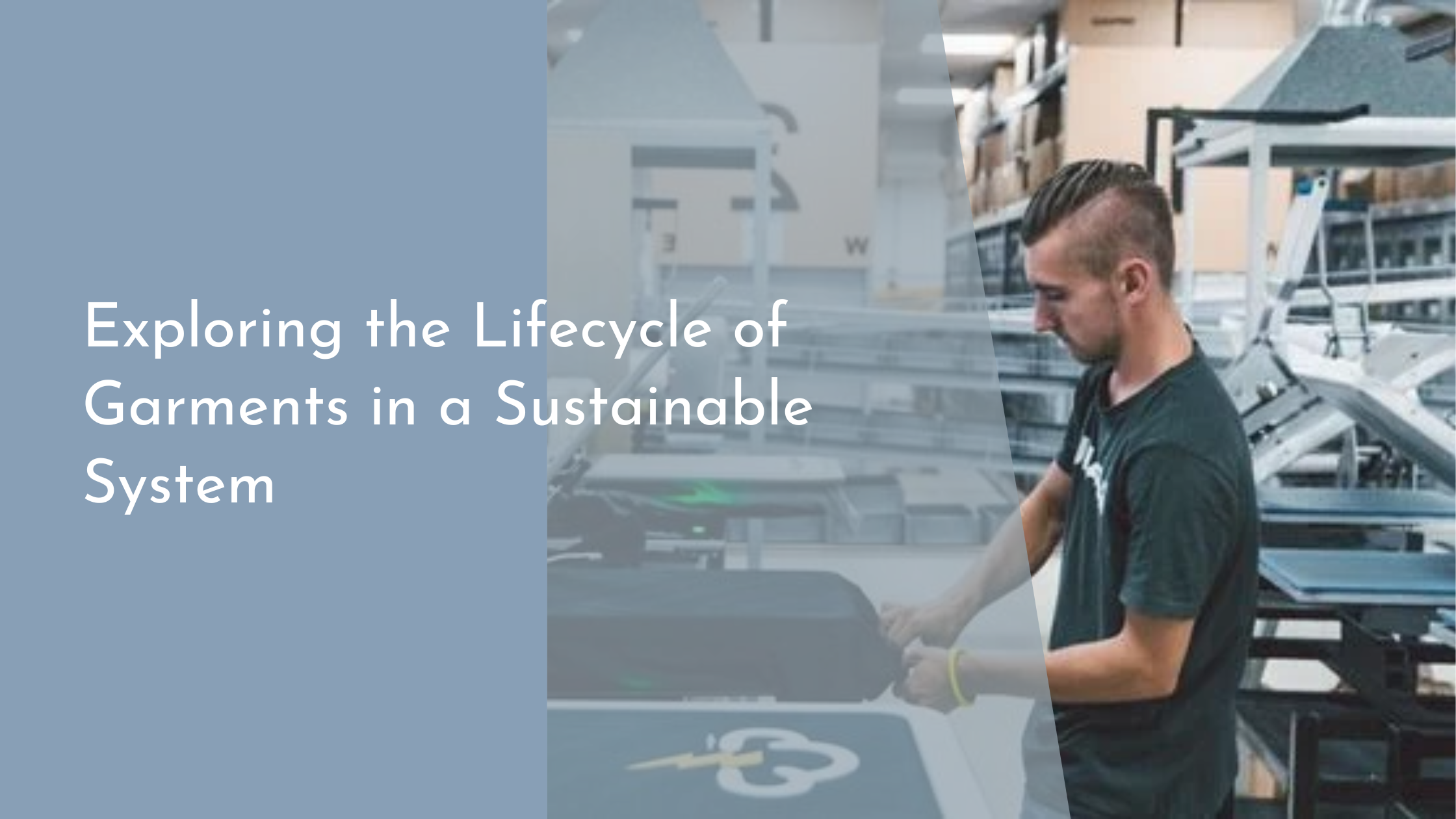Exploring the Lifecycle of Garments in a Sustainable System
In a world increasingly concerned with sustainability, understanding the lifecycle of garments offers a pathway to more environmentally friendly fashion practices. From the initial design phase to disposal, each stage of a garment’s life presents an opportunity to reduce environmental impact. By examining sustainable materials, innovative production techniques, and circular fashion practices, we can explore how the fashion industry is transforming its processes to create a more sustainable future.
Understanding the Journey of a Garment
The lifecycle of a garment begins with its conceptualization and design. Designers play a crucial role in determining the garment’s environmental impact by choosing materials, colors, and production techniques. This phase is where sustainability can be woven into the fabric of the garment, quite literally. A thoughtful approach can lead to designs that minimize waste and optimize the use of resources. The next step involves sourcing materials, which significantly affects the overall footprint. Choices made at this stage, such as opting for organic cotton or recycled fibers, set the tone for the garment’s environmental impact throughout its life.
Once materials are sourced, the garment moves into the production phase. This includes cutting, sewing, and assembling the pieces into a finished product. Each of these processes can be optimized to reduce waste and energy consumption. For instance, adopting zero-waste patterns can significantly decrease fabric waste. Additionally, production locations and methods play a role; local manufacturing reduces transportation emissions, and the use of renewable energy sources lessens the carbon footprint. Understanding these stages helps illustrate the potential for improvements in sustainability throughout a garment’s lifecycle.
The Role of Sustainable Materials
Sustainable materials form the backbone of eco-friendly fashion. Organic cotton, hemp, and bamboo are popular choices due to their reduced impact on the environment. These fibers require less water and fewer pesticides, making them a more sustainable option compared to conventional materials. Recycled materials, such as polyester made from plastic bottles or regenerated fibers from old garments, also offer a promising solution. By reducing the need for virgin resources, recycled materials help minimize waste and energy consumption.
The benefits of sustainable materials extend beyond environmental impacts; they often provide superior comfort and longevity. Fabrics made from natural or recycled fibers generally offer breathability and durability, which enhances the overall quality of the garment. Educating consumers on the advantages of these materials can increase demand and drive further innovation in sustainable textile production. As awareness grows, the fashion industry can harness the power of sustainable materials to create garments that align with eco-conscious values.
Innovative Production Techniques
Innovation in garment production is essential to achieving sustainability in the fashion industry. Techniques such as 3D knitting and digital patterning not only reduce waste but also allow for greater flexibility and customization. These methods use advanced technology to create garments with precise measurements, eliminating excess fabric. Additionally, they provide designers with creative freedom to experiment with new shapes and styles, leading to unique and personalized fashion pieces.
Advancements in dyeing processes and finishing techniques also contribute to more sustainable production. Traditional dyeing methods often involve high water usage and chemical pollutants. In contrast, new approaches, such as waterless dyeing and the use of natural dyes, significantly reduce environmental impact. Furthermore, techniques like laser cutting and bonding replace sewing, which minimizes energy use and enhances garment durability. By embracing innovative production methods, the fashion industry can reduce its environmental footprint while offering consumers high-quality, sustainable products.
Embracing Circular Fashion Practices
Circular fashion practices are transforming the way garments are perceived and utilized. This concept encourages the continual use of resources by recycling and repurposing materials, thus extending the life of each garment. Initiatives like clothing swaps, rental services, and second-hand shopping enable consumers to engage in sustainable fashion without the need for new production. These practices contribute to a circular economy, reducing waste and promoting resource efficiency.
Designing with the end in mind is another crucial aspect of circular fashion. By creating garments that can be easily disassembled and recycled, designers ensure that materials can be repurposed at the end of their lifecycle. Brands are also exploring take-back programs, where consumers can return old garments for recycling or refurbishment. This not only minimizes waste but also fosters a sense of responsibility and connection between brands and consumers. Embracing circular fashion practices offers a promising path forward in the pursuit of a sustainable fashion industry.
The journey towards a sustainable garment lifecycle is paved with innovative solutions and endless possibilities. By understanding the garment’s journey, utilizing sustainable materials, adopting innovative production techniques, and embracing circular fashion practices, the fashion industry can move towards a more eco-friendly future. These changes not only benefit the environment but also enhance the quality and longevity of garments, offering consumers sustainable choices without compromising on style or comfort. As we continue to explore and implement these sustainable strategies, the fashion industry can truly become a force for positive change.


